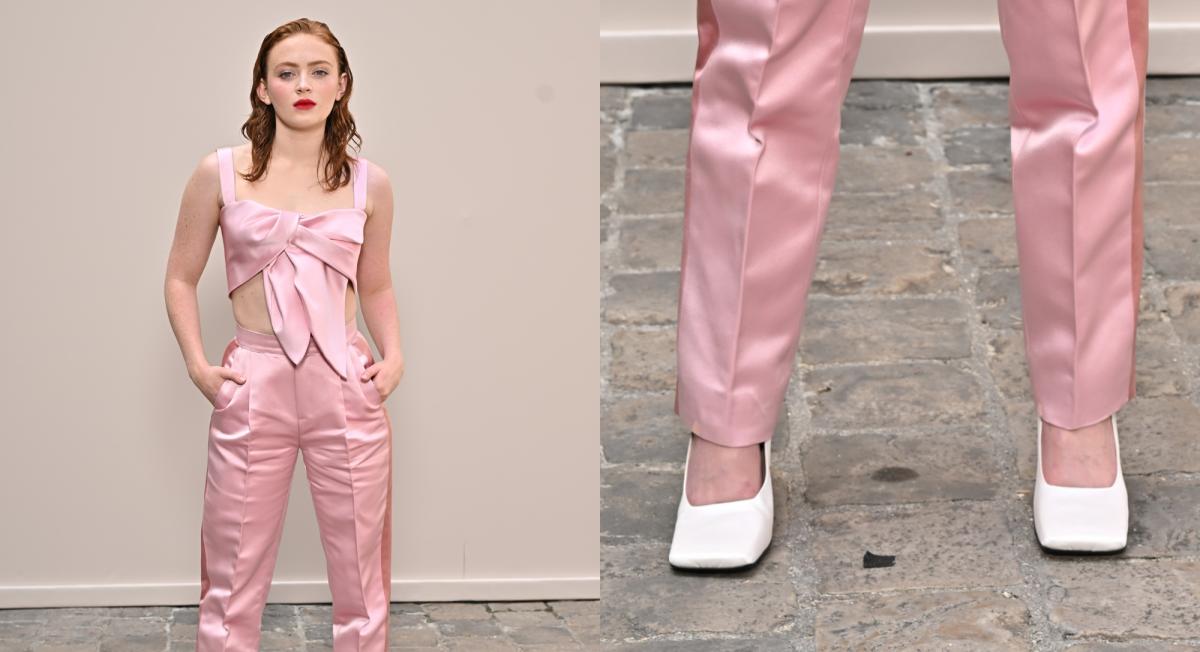If you’re in the market for fine jewelry, gold is a favored option.
Beyond its stunning appearance, gold is a durable metal that has the potential to be passed from generation to generation if it’s cared for properly.
If you’ve never purchased a piece of gold jewelry before, perhaps you have questions before you buy, like the ones below.
Check out these four questions and the revealing answers.
1. What different colors does gold jewelry come in?
There are three primary colors that gold jewelry comes in: yellow gold, white gold and rose gold.
While gold always starts off as yellow gold, it is often alloyed with other metals that create other colors, like white and rose gold, while also giving the jewelry more durability.
“There’s actually a variety of different alloys that can be added. Over the years, we see many different hues of gold that come into the market,” Amanda Gizzi, director of public relations and events at Jewelers of America based in New York City, told Fox News Digital in a phone interview.
“The primary ones that people see at the jewelry store are yellow gold, white gold and what we consider rose gold. Those are going to be your three primary.”
As far as engagement rings go, the trending color right now is yellow gold, although Gizzi said platinum and white gold are starting to sneak up in popularity.
“We’re starting to see a little bit of what we’re calling a cooldown effect, where we’re seeing platinum and white gold starting to make its way back, especially within the mainstream markets,” Gizzi said.
2. What are karats?
Karats are the unit of measurement used to point out the purity of gold alloys. The higher the karats, the more pure gold there is in that piece.
The following is the percent of pure gold in various gold alloys, per the Jewelers Association of America.
- 10K – 41.7%
- 14K – 58.3%
- 18K – 75.0%
- 24K – 99.99%
Generally, pure gold (24K) is not durable enough for jewelry, but combining gold with other metals adds to its strength.
When shopping for gold jewelry, the karatage of the piece should be clearly marked.
“Gold always has to be marked when it’s sold and manufactured in the U.S., so if it’s marked with 10-karat gold it has to be accompanied by a stamp that says who made that piece of jewelry, so they can stand behind that karatage,” Gizzi explained.
The main differences you’ll notice between pieces of different karat levels is the color, strength and durability of the jewelry, Gizzi said.
3. What karat gold is best for everyday use?
The best gold for everyday use is 14K, while 18K is typically reserved for more special pieces.
“Pure gold is going to be softer than 14-karat gold would be, so that’s why you tend to see 14-karat gold for a lot of your everyday fine jewelry pieces people wear,” Gizzi shared. On the other hand, 18 karat is typically reserved for more special, less worn pieces, since durability is lower.
4. What are the best ways to take care of gold jewelry?
Before you purchase gold jewelry, the very first thing to do is make sure you are buying from a reputable jeweler.
Shopping at a reputable jeweler will ensure all your questions are properly answered, while also guaranteeing that the gold is authentic.
You can also go back to a jeweler in order to have your piece looked at and cleaned, which Gizzi recommends doing once a year.
Besides getting an annual check at the jeweler, there are also things you can do at home to keep your jewelry in impeccable condition.
“You can absolutely care for your gold jewelry at home using a simple solution of warm water with dish detergent like Dawn,” Gizzi said, adding that a couple of drops in a bowl of warm water will do the trick.
“Let it soak for a couple minutes and then use a very soft toothbrush to then brush away any debris.”















